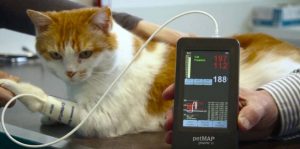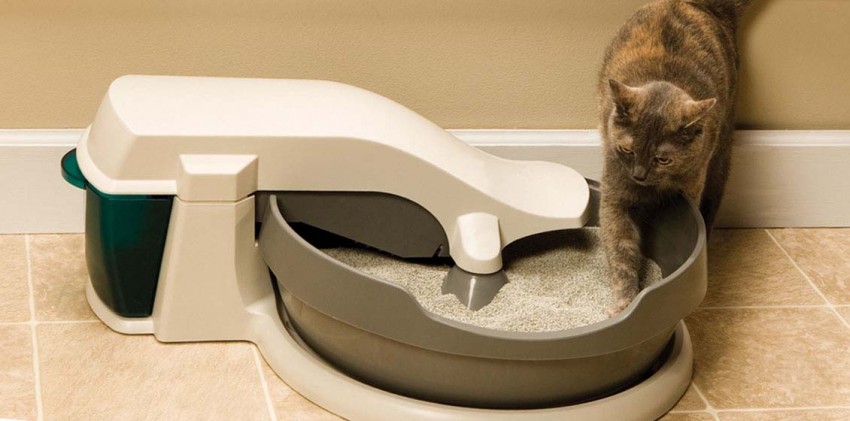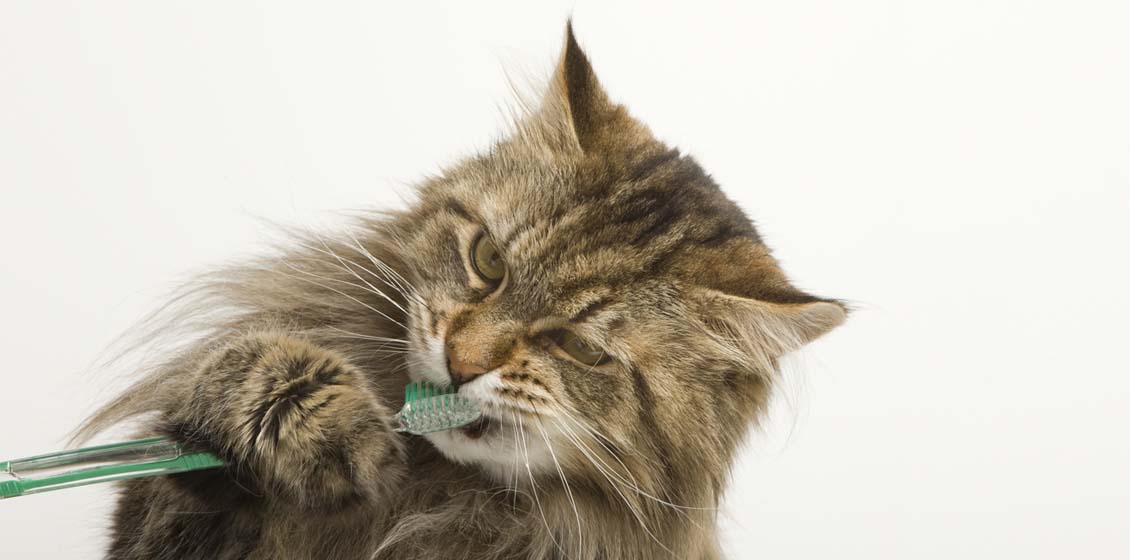but there are ways
Diarrhea (diarrhea) in dogs and cats: causes and treatment
 Most various diseases and conditions can accompany diarrhea (diarrhea). The frequency, speed, and physical characteristics of diarrhea, along with a history of the disease and other clinical signs that manifest in your pet, can provide sufficient information for a diagnosis. For example, a puppy with a liquid stool containing thin white long worms, like threads, is likely to suffer from intestinal parasites (worms). Unfortunately, in most cases, the underlying cause of diarrhea is not so obvious. Continue reading
Most various diseases and conditions can accompany diarrhea (diarrhea). The frequency, speed, and physical characteristics of diarrhea, along with a history of the disease and other clinical signs that manifest in your pet, can provide sufficient information for a diagnosis. For example, a puppy with a liquid stool containing thin white long worms, like threads, is likely to suffer from intestinal parasites (worms). Unfortunately, in most cases, the underlying cause of diarrhea is not so obvious. Continue reading
Panleukopenia cats: symptoms, treatment, vaccinations
 Feline panleukopenia (also known as infectious enteritis or cat plague) is caused by a virus of the family Parvoviridae, of the genus Parvovirus (a small, small-sized DNA-containing virus with icosahedral symmetry). It is considered a type species of the genus.
Feline panleukopenia (also known as infectious enteritis or cat plague) is caused by a virus of the family Parvoviridae, of the genus Parvovirus (a small, small-sized DNA-containing virus with icosahedral symmetry). It is considered a type species of the genus.
This is one of the most resistant viruses of this group, which has been known for over 100 years. It is 98% homologous to parvovirus type 2 dogs (CPV-2). Continue reading
High pressure in dogs and cats: causes, symptoms, how to measure
 Hypertension is primary due to the pathology of the vessels themselves (idiopathic or essential) and secondary, which arose against the background of problems from some organ or system (for example, kidneys or the hormonal system), and sometimes can occur due to the use of certain drugs. Secondary hypertension in cats and dogs is more common than primary. Continue reading
Hypertension is primary due to the pathology of the vessels themselves (idiopathic or essential) and secondary, which arose against the background of problems from some organ or system (for example, kidneys or the hormonal system), and sometimes can occur due to the use of certain drugs. Secondary hypertension in cats and dogs is more common than primary. Continue reading



